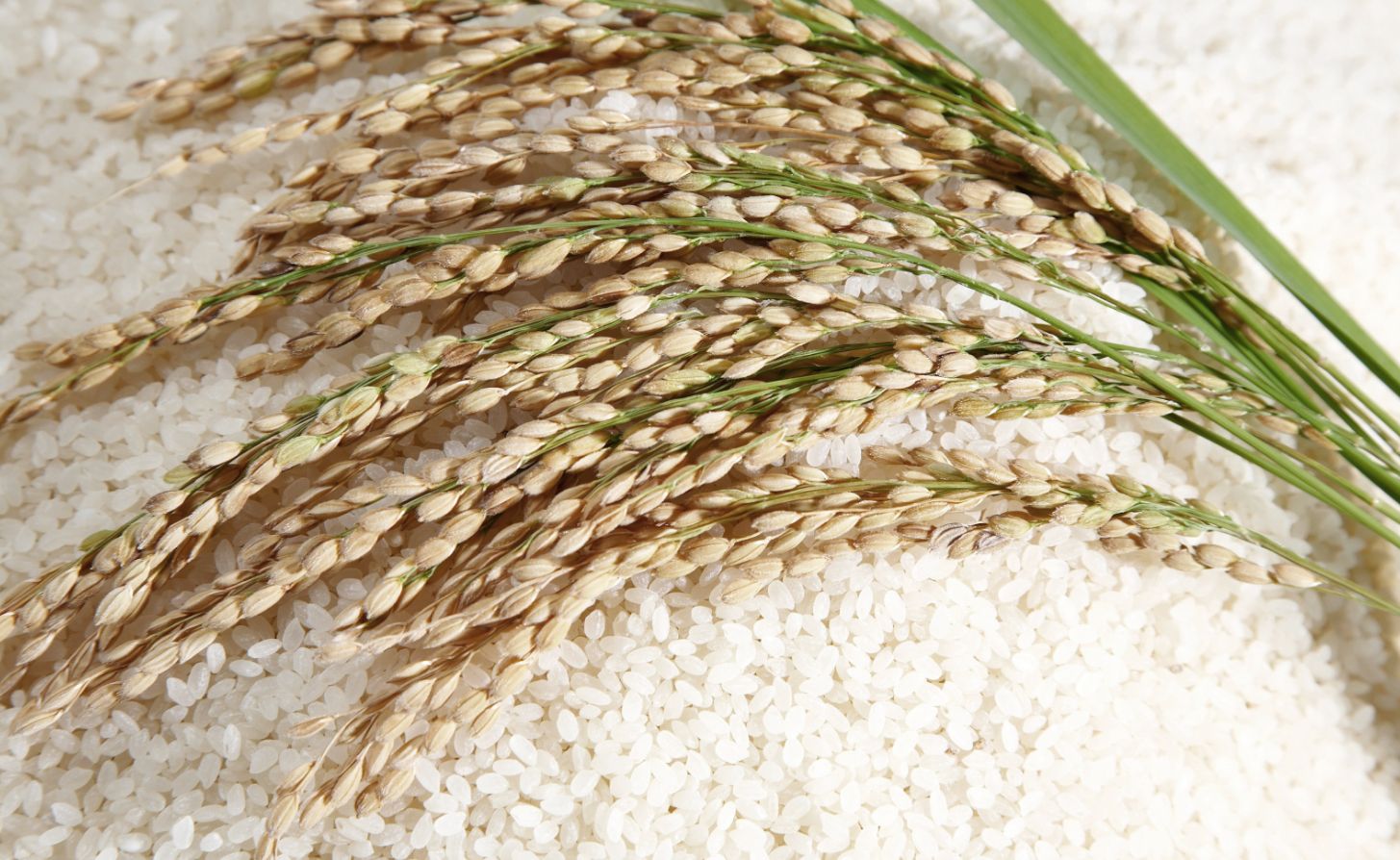NATURAL CERAMIDE HARVESTED FROM JAPANESE RICE


Ceramide is a brown extract refined from rice bran or rice germ. Ceramide contains a large amount of glycosphingolipids which are effective in boosting many different health aspects.
Manufactured in Japan, CeraLOK® is supported by statistically significant published human studies supporting potential claims for moisturizing, hydration, reduction in skin roughness, reduction in wrinkles and a whitening effect, making it one of the most powerful ingredient to support overall skin health.
6 Registered & Pending Patents Worldwide
Approved Health Claims By Authorities Worldwide
Clinical Studies

How does it work?
Ceramides are involved in regulating transepidermal water loss through skin by functioning as interstitial lipids that cement gaps between cornified keratinocytes, exerting barrier and hydration function in the skin. CeraLOK® contains both Glucosyl Ceramides and β-sitosterol-3-O-glucoside (BSG). BSG has been shown to enhance skin ceramide production naturally by enhancing the production of ceramide synthase-3 and glucosylceramide synthase. Glucosyl Ceramides found in CeraLOK® are also slightly longer compared to those found in Konjac and other plants, which supposedly contributes to a better water retention ability.
By supporting intact skin barrier and transepidermal water content, CeraLOK® helps to reduce fine lines, wrinkles, and pores for better overall skin health.
Are all Ceramides the same?
Not all ceramide types and their subclasses are as efficacious for healthy skin as often purported. CeraLOK® is standardized to the most deeply studied and relevant ceramide type: Glucosyl Ceramides. CeraLOK® is further standardized to 2000ppm β-sitosterol-3-O-glucoside (BSG). BSG has been shown to positively affect the natural synthesis of ceramides in the skin. CeraLOK® is the only ceramide sold in the marketplace containing β-sitosterol-3-O-glucoside.
Long-chain ceramides are highly hydrophobic and essentially insoluble and non-dispersible in water. CeraLOK® is processed using a patented process to ensure the solubility of these ceramides, making its efficacy higher.


What are the differences between Oral Ceramides and Topical Ceramides?
Topically applied ceramides are unable to sufficiently reach the deeper skin layers. Unlike the topically applied ceramides, orally consumed ceramides are broken down into active molecules that are absorbed into the bloodstream and inner layers of the skin. These molecules not only contribute to the building blocks of the skin, but also activate the body’s natural response to synthesise more ceramides. Moreover, the skin is constantly exposed to harsh conditions of the environment, making it susceptible to changes that will alter its intended functions.
CeraLOK® in detail
| Source | Rice Bran/Germ |
| Technology | Qualitative and quantitative composition bioactives. 3.0% Glucosyl Ceramidesffeic, which were analysed by Densitometory and HPLC Light Scattering |
| Region | Japan |
| Data | Four peer-reviewed CeraLOK® clinical trials. Multiple In-vivo and in-vitro studies |
| Also Good For | Brain Health |
© 2025 Biogen Life Science Sdn Bhd. All Rights Reserved.
Web Store by O2O ECommerce


